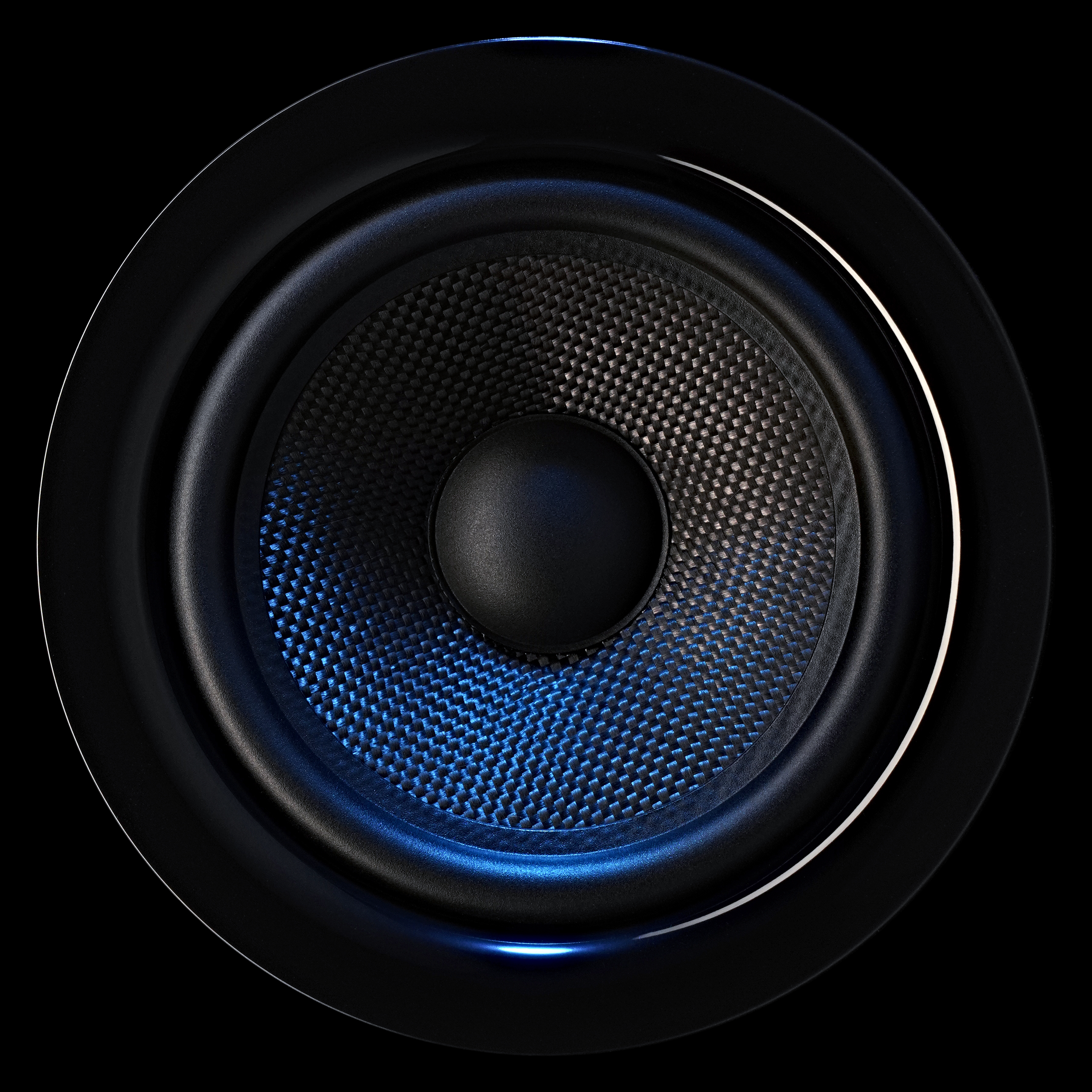A Story of Two DACs
In the end, DAC sound quality might seem like a silly topic, because, after all, it’s just 1s and 0s right? While the input may be, the output is heavily affected by the accuracy of the conversion from digital to analog, and the quality of the power supply to the converter, as well as the quality of the circuitry components that carry the analog signal for further amplification. It is the analog domain of the DAC, not the digital domain, that causes some DACs to sound much better than others. Here is an interesting comparison:


While both the Apple dongle and the dCS Bartok are designed to perform the same function, the two are not close in terms of audible performance. Is the Apple dongle a better value? Sure, but in order to achieve the best that digital audio has to offer, a more elaborate device should be used. I will admit that today, the performance difference between “affordable” DACs and the most expensive ones are much smaller than they used to be, and spending money on a DAC should not be considered as important as spending money on speakers and a power amplifier, but the importance of this part of the audio chain should not be underestimated.
Conclusion
When shopping for DACs, you should consider what your intended use case is (portable audio, dedicated home listening, background music) as this will influence the form factor of the DAC you chose, as well as the price range. There are lots of affordable DACs that produce more than adequate sound quality, but there is certainly substantial benefit to be had from buying a more expensive DAC if the use case and budget allow. While R2R DACs are revered as having a more “analog” sound when compared to sigma delta DACs, they are limited in their resolution, even in the most expensive cases. Sigma-delta DACs have become much better over the years at sounding more analog, and their ability to produce a high resolution output affordably makes it the preferred DAC type in most cases. There are of course hybrid designs that utilize various DAC technologies together, and companies continue to push the envelope when it comes to DAC performance and affordability.
